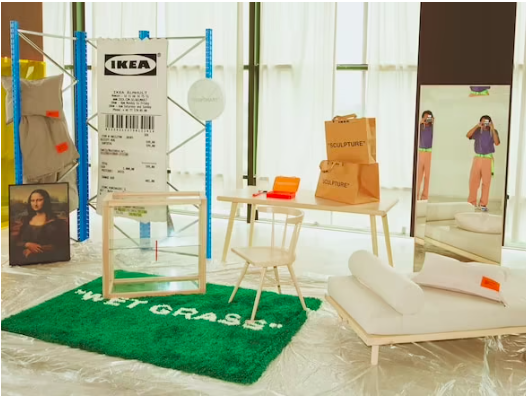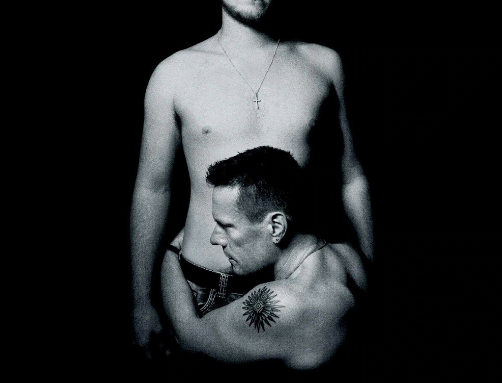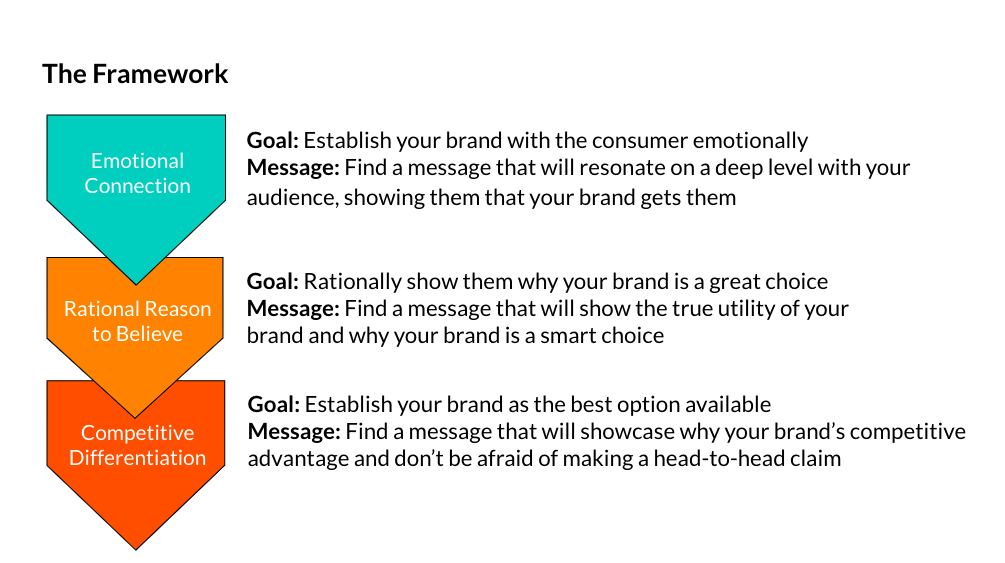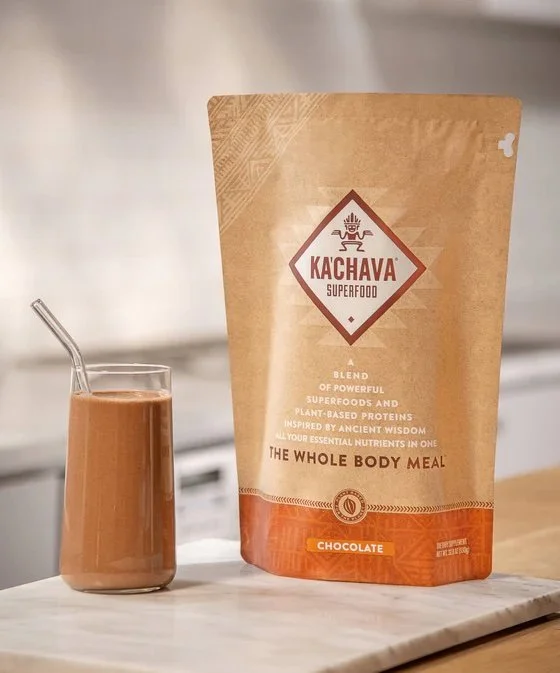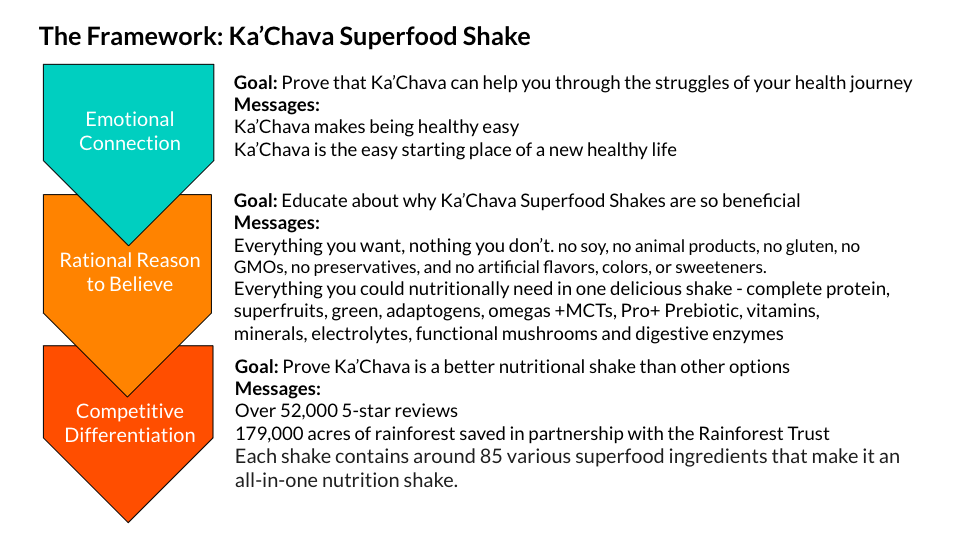Walking the Brand Partnership Tightrope
The Detroit Red Wings were playing their best hockey in a decade. Comfortably on pace to make the playoffs, with the fan base excited, the local sports news relishing in the opportunity to once again analyze playoff hockey and the league seeing that this Detroit Red Wings team was serious.
But then something happened. The team started losing most of their games. The fans were in an uproar. The hockey community around the world was dismayed at what had developed with the 11-time Stanley Cup winning, original-6 club, often revered for having one the best jerseys in the sport.
It wasn’t the usual suspects: inappropriate behavior by the coaching staff or players, nor an announcement by the General Manager about selling at the deadline—a common move for struggling teams. No, the uproar and disgust had nothing to do with hockey.
It had everything to do with a partnership that most fans found tarnishing to the Red Wings brand and its most precious asset. To the disgust of almost all fans, the Red Wings sold their jersey to a waste service company and the outrage was immediate. The general reaction was: Do we not pay enough to go to games and buy $16 beers? Most around the hockey world agreeing the jersey patch ruined one of the league’s best uniforms.
The brand whose logo is now stamped prominently on the Red Wings glorious jersey is Priority Waste, a Detroit based waste service company. Fans were clamoring to buy the last jerseys that were “trash patchless” and most agreed, the “trash patch” could be blamed for the teams demise in the 23-24 NHL season. Not the loose defensive play and goaltending - it was Priority who ruined our great comeback season. Superstition is real in Hockey and once the now dubbed “trash patch” was on the jersey, the team stopped winning.
Red Wings Legend, Pavel Datsyuk, wearing the classic, Red Wings jersey in 2010
Source: Permission granted from Buzz Click Photography, Flickr
Priority Waste said they “see it as a positive for brand recognition and being associated with such an iconic team. Both the Red Wings and Priority could not have misjudged the outcome more. Negative remarks in mainstream press was immediate and angry remarks across social media showed the significant backlash from fans, demonstrating a disconnect between fan sentiment and the branding decision. It may have been good for Priority Waste to be associated with an iconic sports brand, but it was not good for the iconic sports brand. The Red Wings and Priority partnership simply became too easy to mock.
A Priority Waste dumpster at my previous apartment complex.
The Framework
If you’re considering developing a brand partnership, here is my proposed step-by-step framework which will help you avoid the issues faced by the Detroit Red Wings and Priority Waste:
Step 1: Ensure alignment of brand audiences
While partnerships have the opportunity to build new audiences for brands, the audiences should not mix like oil and water. There should be clear and obvious interest in the two different brands for both audiences. What percentage of Red Wings fans are in the business of hiring trash collection services and why would a patch on their favorite jersey help them make that decision?
Source: Porsche
Porsche and TAG Heuer audiences share passion for motorsports, golf, precision engineering and performance. This partnership makes obvious sense and will add value to enthusiasts of both brands.
Step 2: Look for additive chemistry
Brands who want to partner should seek out partners that add to their story. Performance brands should seek out other brands that represent a different dimension of performance, or make up a deficit that they are missing out on. For instance, Shinola Watches partnering with Fjallraven, combining the luxury, craftsmanship and design of Shinola, with the technical performance and durability of Fjallraven materials could represent a cool opportunity for both brands to expand their audience and offering.
Source: Ikea
Ikea partnered with luxury designer brand Off-White. Ikea is known for sleek, affordable furniture. Off-White is known for slightly edgy, exclusive items. Connecting these two brands gave Ikea a new level of cool, while Off-White expanded it’s design chops and was exposed to Ikea’s massive audience, helping further establish the brand as worth looking out for.
Step 3: Make sure the partnership is going to truly add value to the customer
Don’t partner with a brand just for the sake of partnership. Find a partner that will actually lead to something that adds value. Whether it’s aesthetic value, monetary value, practical value or something else less obvious. The worst thing you can do is invest resources into a developing a partnership that has no obvious value for the audience.
U2 and Apple Music had a infamous partnership which resulted in the U2 album Songs of Innocence being automatically added to every Apple Music users music library. This is widely considered a huge mistake - highlighting a sense of entitlement by the band and overreach by Apple. The worst part, there was no value to anyone but U2 fans.
Step 4: Test your partnership
Once you’ve landed on a partnership that feels right, conduct concept testing as if this was a traditional advertisement. Don’t assume your audience will automatically like a partnership because the team producing it likes it. Anyone with experience developing ideas that have went to testing knows that even the coolest ideas don’t always fair well when actually put in front of the intended audience. To avoid the pitfalls of the Red Wings and Priority Waste partnership, test with your audience so you know with confidence that the idea will not backfire.
—
If anyone from the Detroit Red Wings or Priority Waste is reading this, I am sorry. I don’t intent to slam anyone who worked on this partnership. That said, here are a few ideas on how you could improve and expand this partnership to delight Red Wings fans using this framework.
1. Start a jersey buyback program where Priority offers Red Wings team store gift cards when a fan turns in (trashes) a rival team’s jersey at Red Wings games. This would create truly positive engagement with fans that adds real value. Priority could then donate the jerseys to organizations in other cities - a win for everyone.
2. Replace the now defunct capfriendly.com with a custom site that tracks the Red Wings salary cap situation and player performance - this would uniquely showcase Priority’s tech-forward, innovative approach to business - building additive chemistry and adding value to the fan experience.
3. Paint the trucks red and white during hockey season - this would be a nice gesture which may make fans smile when they see Priority Waste trucks emblazoned with red and white.
4. Sponsor advanced analytics segments during broadcasts - this again would show additive chemistry, build Priority’s brand and add value to the fan experience.
5. Give Priority Waste team members Red Wings jerseys to wear during working hours.
6. Paint hockey goals on Priority dumpsters for kids to play street hockey with in their local communities.
7. Finally, remove the jersey patch. This would make Red Wings fans more happy than anything else and generate real positive feelings towards the Priority Waste brand - completely flipping the script.
-
In conclusion, if you follow the 4-step framework for developing brand partnerships, your partnership has a much better chance of succeeding. It will speak to and grow your audience, add another dimension to your brand and create something that is of real value. Critically, if you develop a research plan for the partnership, you will have minimized the risk of building a partnership that backfires with key audience segments, like the Detroit Red Wings and Priority Waste partnership has with Red Wings fans.
Lets Go Red Wings!
Sam Van Camp
A 3-Step Framework to create Breakthrough Sequential Messaging Campaigns
During my time as a strategist at Commonwealth // McCann, I developed strategy for dozens of campaigns for our Chevrolet client. From launching multiple Corvette performance cars to the continuous stream of truck advertising that powers General Motors' bottom line, we worked on different types of campaigns which allowed us to continue learning, evolving (and having fun) with how we developed and launched the creative.
Through my exploration of bringing the Chevrolet brand to life in different ways, we created an approach that unlocked the full potential of digital messaging for Chevrolet.
This approach led to highly effective digital messaging that translated across all platforms, consistently delivering benchmark-setting results in digital advertising and email marketing campaigns - allowing it to be tailored to diverse audience segments. The effectiveness we saw was no surprise. Sequential messaging has a history of performing above benchmark for other marketers as well - a study by Facebook showed sequential messaging led to an 87% increase in people visiting a brand’s landing page and a 56% increase in subscription rates.
While this approach can be consistently applied, its executional outcomes are only limited by targeting capabilities and budget resources that impact the scale of creative development and media deployment. Multiple creative units should be deployed and retargeted in a sequence to maximize effect and “tell a story” about what your business is offering and why a consumer should care. This makes it difficult for a potential customer to see the value in choosing another brand while making your offering impossible to ignore. It is crucial that these ad units are delivered as one campaign to maximize impact and deliver results; individual, sporadic messages will have far less impact. And ideally these campaigns are contextually targeted, reaching potential customers as they are seeking out information that will shape their decision making process.
The Basic Approach to Creating Breakthrough Sequential Campaigns
Audience Insight: Understand your key audience and what drives them to consider you and your competitors.
Business or Brand Objective: Define what your advertising needs to achieve to meet your business goals.
Step 1: Emotional Connect: We Get What Motivates You
Imperative: Prove to your audience that you fully understand their passions and motivations - building an emotional connection.
Step 2: We Can Help You: Rational Reason to Believe
Imperative: Show your audience that your product or service fits their needs perfectly - creating a rational connection.
Step 3: We Are The Best For You: Competitive Differentiation
Imperative: Demonstrate that your product or service is superior to all competitors -
reaffirming that your product is the very best product for them.
The Basic Framework
Example Frameworks
Below are three examples of this framework for reference and that’s it - just a reference.
I had fun looking into these brands I love and spending some time working through the framework.
Example 1: Mizuno JPX Tour irons
Source: Mizuno Golf
Audience Insight: Serious golfers want new clubs to improve their game but reject the technology often found in game improvement clubs. They want a traditional-looking club for the cool factor but refuse to compromise just for the sake of coolness.
Brand Objective:
Get serious golfers to switch to Mizuno JPX Tour irons by showcasing how the JPX Tour model of iron uses advanced technology to deliver high level performance and forgiveness without losing the look and feel of a true players irons which will help them love the game even more.
Example 2: Ka’Chava Superfood Shakes
Source: Ka’Chava
Audience Insight: Being healthy is hard, so you seek easy.
Brand Objective: Get customers who are seeking easy ways to be healthy online to see Ka’Chava Superfood as the best option for them by showing how achieving complete nutrition can be be easy and delicious.
Example: New Balance Iconic 990 line
Source: New Balance
Audience Insight: Sadly, some runners sacrifice foot pain for aesthetic.
Brand Objective: Get stylish runners with sore feet to see the New Balance 990 line of running shoes as a go-to option by showing how style and performance can be had at once.
Conclusion
In conclusion, this 3-step approach to sequential messaging offers a robust framework for crafting compelling and effective creative that is rooted in building a full understanding with your potential customers. By understanding your audience’s motivations, aligning with your business objectives, while following the steps of connection and messaging imperatives, your advertising will truly communicate meaning to those who see it. Whether you’re marketing golf clubs, nutrition shakes, or running shoes, this method ensures your message resonates deeply with your audience and sets your brand apart from the competition who is likely using a less comprehensive approach to digital messaging.
If you have any questions, comments or feedback about this framework, I would love to chat! Feel free to contact me at 586-738-1925 or samuelvancamp@gmail.com.
Cheers!




